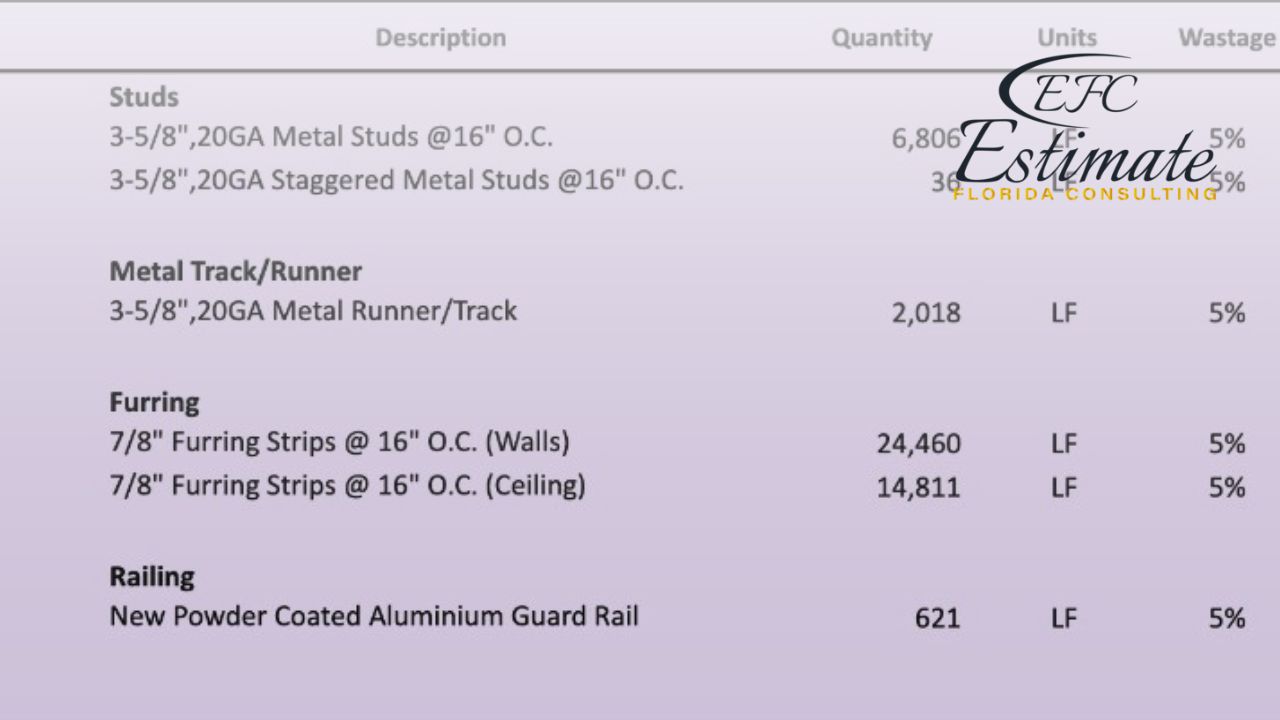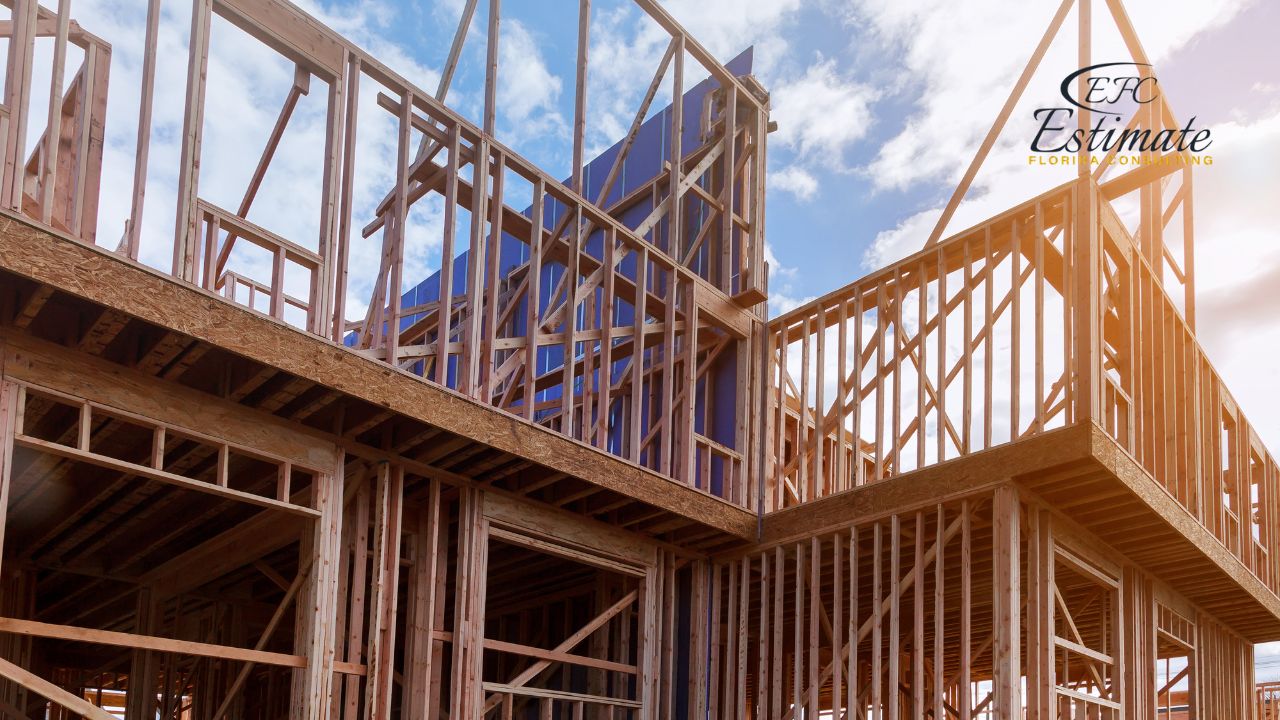Lumber Cost Estimator in Hialeah, FL
Estimate Florida Consulting offers comprehensive lumber cost estimation services in Hialeah, accommodating a diverse array of residential and commercial projects. Our meticulous estimates encompass various factors influencing lumber prices, including market dynamics, project intricacies, and volume requirements. On average, lumber costs in Hialeah typically range from $400 to $1,200 per thousand board feet. However, prices can vary significantly based on factors such as lumber type, grade, species, moisture content, and dimensions. Additionally, transportation and delivery charges may impact overall costs.
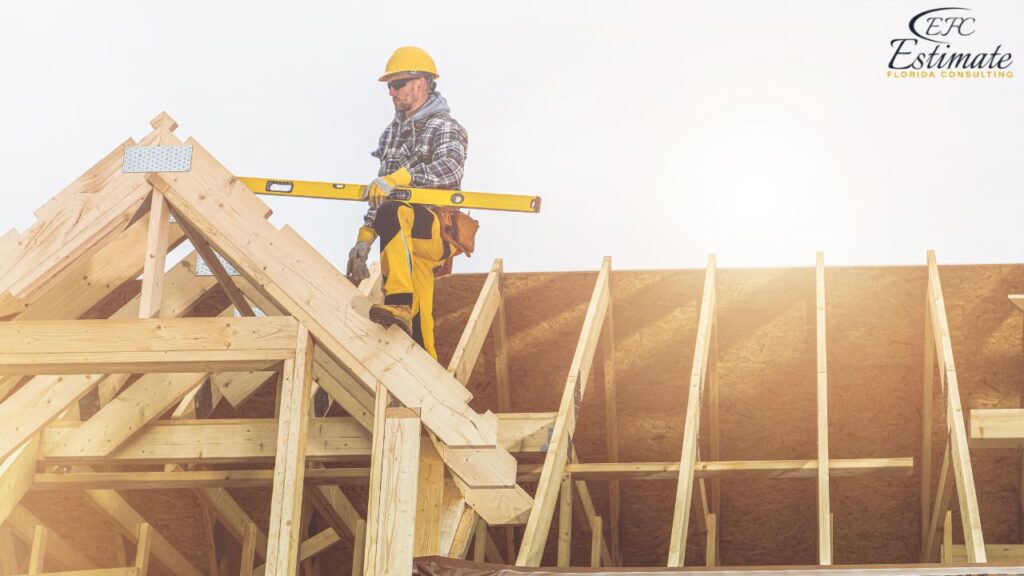
For precise and detailed lumber cost estimates tailored to your specific project needs, contact Estimate Florida Consulting today.
Wood Trim Cost by Type of Wood
As a Lumber Cost Estimator, it’s crucial to understand the multitude of options available for wood trim, each with varying costs based on the type of wood chosen. Different wood types offer unique features such as durability, paintability, and sustainability. Typically, higher costs correspond to greater durability, reflecting the adage “you get what you pay for.” The prices listed generally represent basic styles, with intricate carving or specialized features significantly raising the price. By considering these factors, homeowners can make informed decisions about their wood trim selections, balancing cost with desired features and aesthetics for their projects.
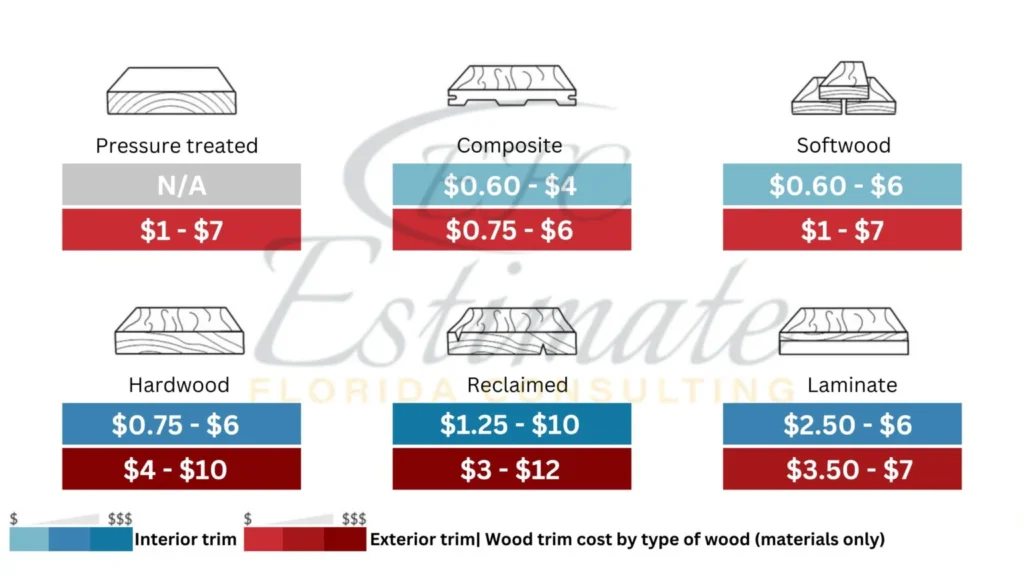
| Type | Interior Trim Cost Per Linear Foot (Materials Only) | Exterior Trim Cost per Linear Foot (Materials Only) |
|---|---|---|
| Pressure Treated | N/A | $0.90 – $3 |
| Composite | $0.60 – $4 | $0.75 – $6 |
| Softwood | $0.60 – $6 | $1 – $7 |
| Hardwood | $0.75 – $6 | $4 – $10 |
| Reclaimed | $1.25 – $10 | $3 – $12 |
| Laminate | $2.50 – $6 | $3.50 – $7 |
90% More Chances to Win Projects With Our Estimate!
- Multi-Family Building
- Hotel Building
- Hospital Building
- Warehouse Building
- School & University Building
- High-Rise Building
- Shopping Complex
- Data Center Building
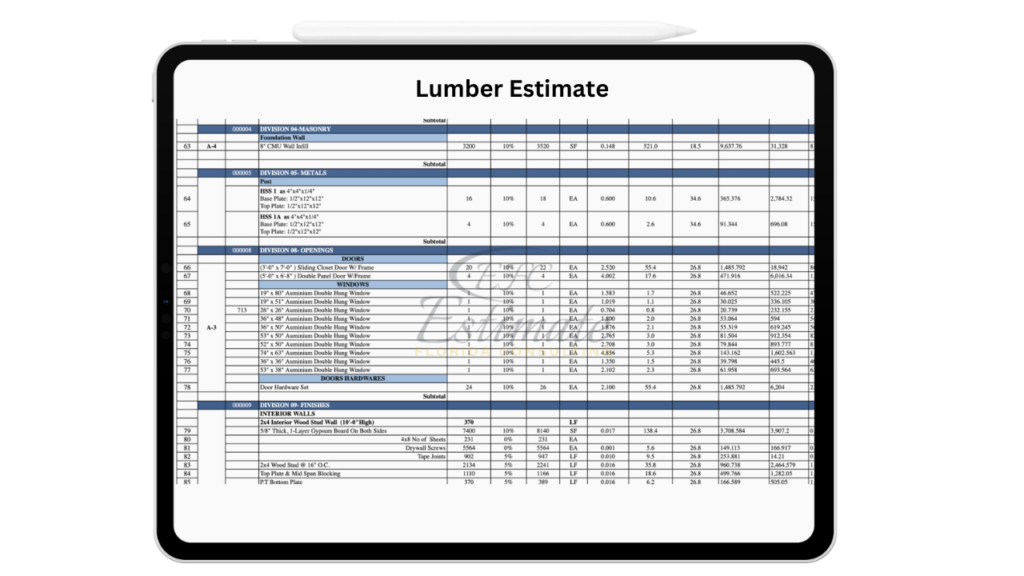
Factors Influencing Lumber Costs
Lumber costs are subject to a multitude of dynamic factors that can influence pricing and procurement strategies:
Market Dynamics
The lumber market is highly responsive to global economic trends, trade policies, and environmental factors. Fluctuations in supply and demand, coupled with changing regulatory landscapes, can lead to considerable price volatility. Staying informed about market conditions and industry forecasts is essential for anticipating price trends and mitigating potential cost fluctuations.
Project Complexities
Each construction project presents unique challenges and requirements that can impact lumber selection and costs. Factors such as project location, building codes, design specifications, and environmental considerations all play a role in determining the type and quantity of lumber needed. Projects with specialized wood requirements for architectural features, structural components, or sustainability goals may incur higher material costs.
Volume Requirements
The scale of the project directly influences lumber procurement strategies and pricing structures. Large-scale projects typically benefit from economies of scale, with bulk purchasing options and discounted rates available for high-volume orders. Conversely, smaller projects may face higher per-unit costs due to limited purchasing power and higher transactional expenses. Optimizing material usage and minimizing waste through efficient design and planning can help mitigate cost impacts for projects of all sizes.
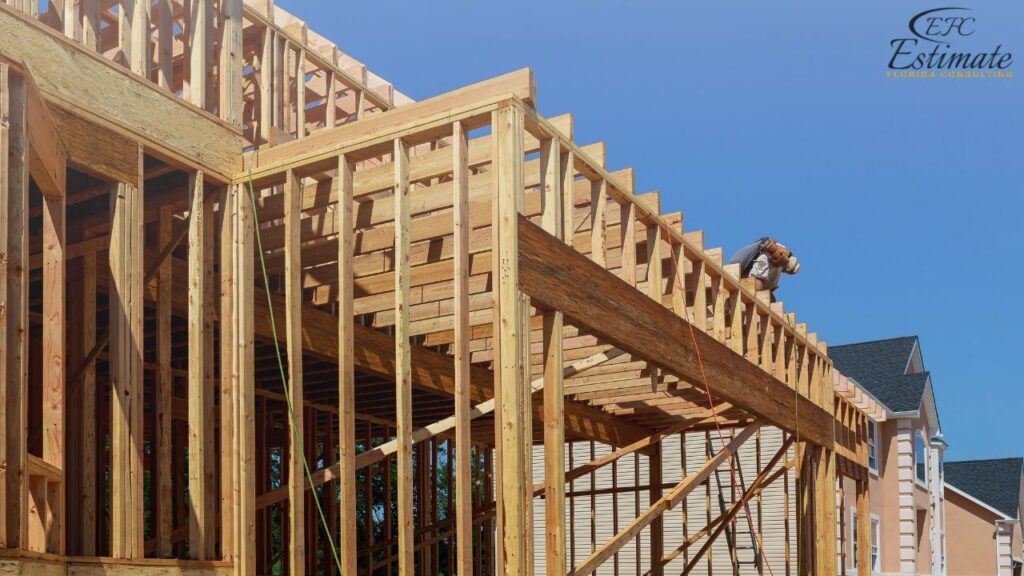
Volume Requirements
The scale and scope of the project directly affect lumber procurement strategies and pricing structures. Larger projects often benefit from economies of scale, allowing for bulk purchasing options and discounted rates from suppliers. Conversely, smaller projects may face challenges in achieving cost efficiencies due to limited purchasing power and higher transactional costs per unit of lumber. Efficient material planning, optimization of cutting patterns, and waste reduction strategies can help mitigate cost impacts for projects of all sizes.
Supply Chain Dynamics
The efficiency and resilience of the lumber supply chain can also influence costs and availability. Factors such as transportation costs, logistics challenges, and inventory management practices can affect the overall cost structure of lumber products. Additionally, regional disparities in lumber production, processing capacity, and distribution networks can contribute to price differentials across markets. Proactive supply chain management, strategic sourcing partnerships, and diversification of suppliers can help mitigate risks and uncertainties associated with lumber procurement.
Get 5 New Leads in the Next 7 Days With Our System
- Multi-Family Building
- Hotel Building
- Hospital Building
- Warehouse Building
- High-Rise Building
- Shopping Complex
Trim Carpenter Prices
As a Lumber Cost Estimator, I understand the nuances of both interior and exterior trim projects. Interior trim jobs necessitate the precision of skilled carpenters or trim specialists, while exterior tasks are often best left to siding installers due to their specialized nature. Achieving seamless integration and precision mitering requires expertise honed through practice, a factor compounded by the lack of specialized tools in most homeowners’ arsenals. Hourly rates for interior trim projects typically range from $65 to $105, while exterior endeavors command slightly higher rates, typically falling between $70 to $120. These rates reflect the expertise and quality assurance professionals bring to every project, ensuring optimal results.
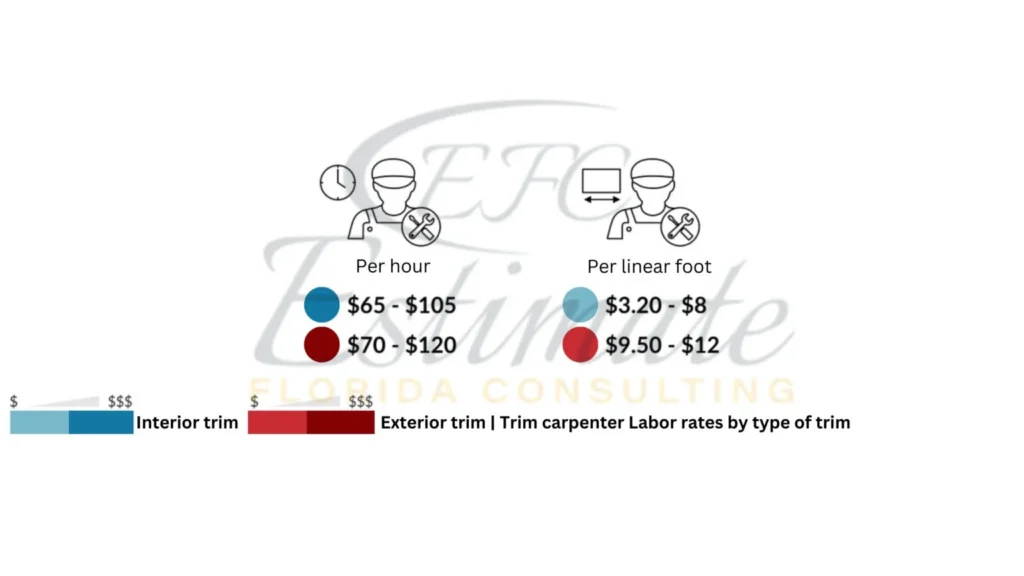
| Rates Only for Labor | Interior Trim | Exterior Trim |
|---|---|---|
| Price per Hour | $65 – $105 | $70 – $120 |
| Price per Linear Foot | $3.20 – $8 | $9.5 – $12 |
Cost Breakdown for Lumber
A detailed understanding of the cost breakdown for lumber is essential for accurate budgeting and project planning. This breakdown includes various significant components such as raw material costs, transportation fees, labor expenses, and overhead costs. Additionally, external factors like market demand and supply dynamics greatly influence these costs, making them variable and dependent on current market conditions.
Here’s a detailed breakdown of these costs:
Cost Component | Cost |
Raw Material | $90,000 |
Transportation | $15,000 |
Labor | $80,000 |
Overhead Expenses | $25,000 |
Download Template For Lumber Project Breakdown
- Materials list updated to the zip code
- Fast delivery
- Data base of general contractors and sub-contractors
- Local estimators
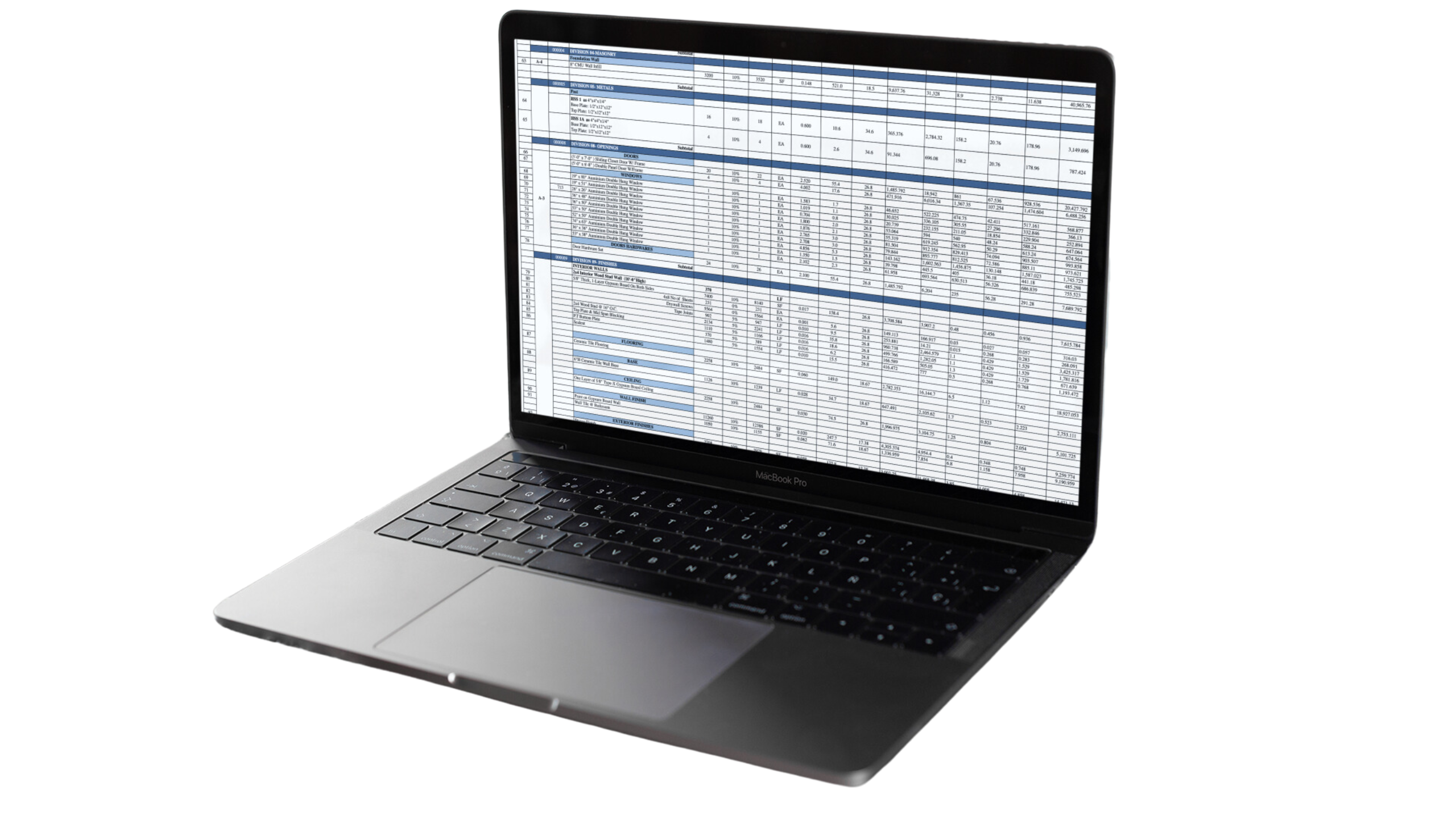
Wood Siding Prices by Wood Grade
As a Lumber Cost Estimator, it’s crucial to understand the concept of wood grades, which primarily pertain to the appearance of the wood. Various associations, such as the Western Wood Products Association (WWPA), National Lumber Grades Authority (NLGA) in Canada, West Coast Lumber Inspection Bureau (WCLIB), and National Hardwood Lumber Association (NHLA), have collaborated to establish and regulate wood grading standards. These grading systems serve dual purposes: facilitating the marketing of wood products and determining their pricing. By familiarizing oneself with these grading systems, accurate cost estimations can be made, ensuring transparency and reliability in lumber-related projects.
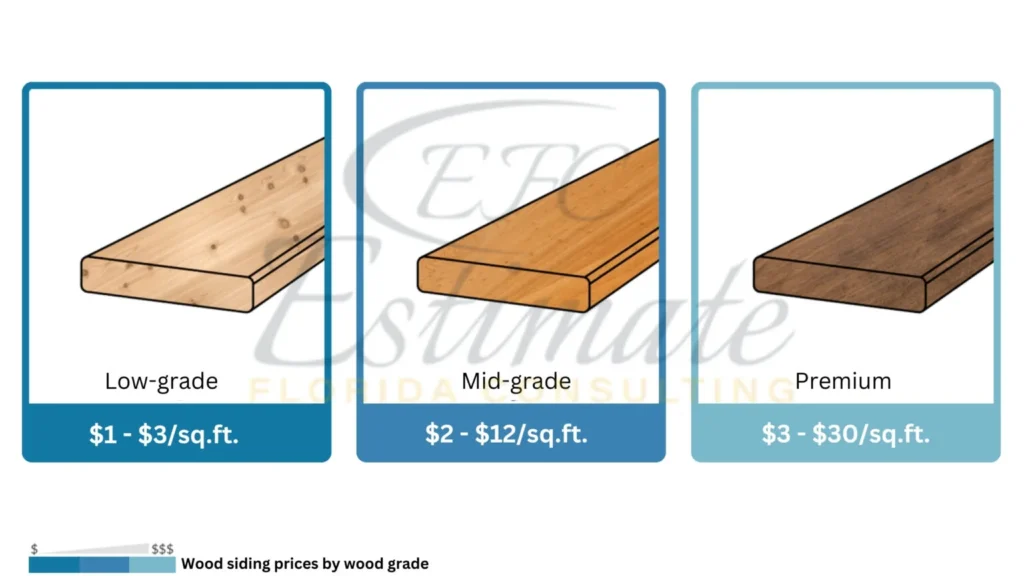
| Grade | Average Cost per Sq.Ft. (Material Only) |
|---|---|
| Low-Grade | $1 – $3 |
| Mid-Grade | $2 – $12 |
| Premium | $3 – $30 |
Business Finance Loan
Find out if you're pre-qualified in seconds

Get Prequalified Now
IMPORTANT: Make sure the email and phone number you enter are correct. We will email and text you a link to get started.
Understanding Lumber Costs by Type
Understanding of lumber costs is crucial for effective planning and budgeting in construction and woodworking projects. The costs vary based on the type of lumber, each with unique characteristics suited for different applications.
Softwoods
Softwoods such as Pine, Cedar, Douglas Fir, and Spruce are popular due to their affordability and versatility in various projects. Pine is often chosen for its cost-effectiveness and ease of use in framing and furniture making. Cedar is distinguished by its natural resistance to decay and insects, making it an ideal choice for outdoor applications like decking and fencing. Douglas Fir is known for its strength and stability, commonly used in structural framing, flooring, and trim work. Spruce, similar to pine but slightly stronger, is a versatile option for construction projects, including framing and paneling.
Hardwoods
Hardwoods such as Oak, Maple, Cherry, and Walnut are favored for their greater density and aesthetic appeal. Oak, available in red and white varieties, offers durability and a distinctive grain, making it a versatile choice for furniture, flooring, and cabinetry. Maple, appreciated for its smooth texture and uniform appearance, is a top choice for cabinetry and flooring. Cherry wood is known for its rich color that deepens over time and is commonly used in fine furniture and interior trim. Walnut, with its dark hues and unique grain patterns, is sought after for high-end furniture and decorative applications.
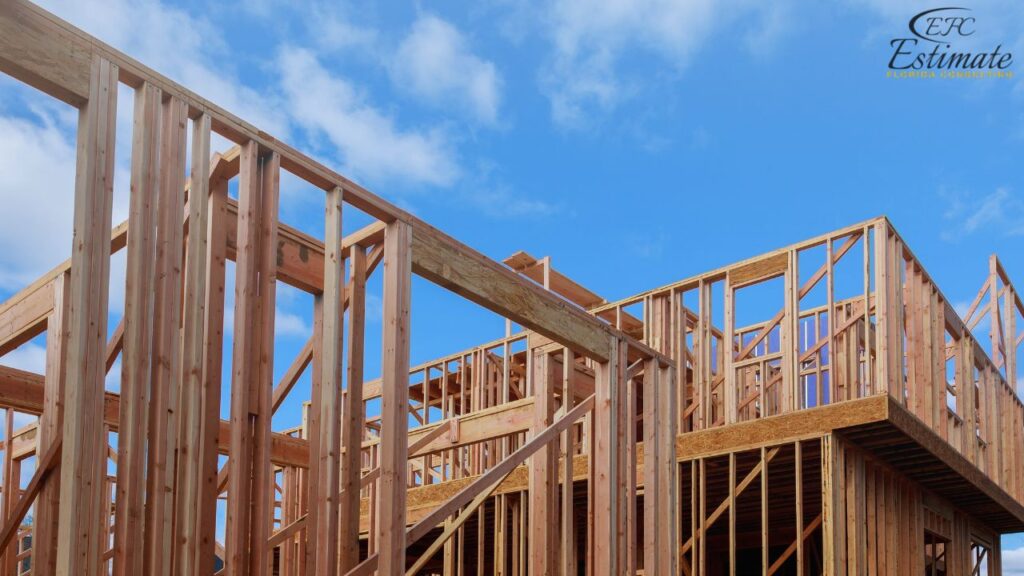
ardwood Type | Average Cost per Board Foot | Additional Info |
Oak (Red) | $4.50 – $10.50 | Versatile for various indoor applications. |
Oak (White) | $7.50 – $15.00 | Ideal for outdoor and structural uses. |
Maple (Soft) | $4.50 – $9.00 | Great for smooth finishes and workability. |
Maple (Hard) | $7.50 – $15.00 | Durable for high-traffic areas. |
Cherry | $9.00 – $15.00 | Premium option for upscale projects. |
Walnut | $12.00 – $22.50 | Luxurious appearance for exclusive designs. |
Estimate Your Project With Us
Exotic and Specialty Woods
Exotic woods like Teak, Mahogany, and Ipe are known for their unique qualities and exceptional durability. Teak is highly valued for outdoor furniture and boat building due to its moisture resistance and beautiful color. Mahogany, known for its workability and rich hue, is a classic choice for furniture making. Ipe, extremely hard and durable, is perfect for outdoor decking and furniture where longevity is a priority.
Wood Type | Average Cost per Board Foot | Additional Info |
Teak | $30.00 – $45.00 | Top choice for high-end outdoor and marine applications. |
Mahogany | $12.00 – $30.00 | Classic wood for timeless furniture designs. |
Ipe | $30.00 – $37.50 | Ideal for heavy-duty outdoor use. |
These detailed cost analyses for different types of lumber in Hialeah help in making informed choices for various construction and woodworking projects, taking into consideration both the aesthetic and functional requirements of each application.
Lumber Sourcing: Local vs. Imported
Understanding the nuances of lumber sourcing – whether local or imported – is crucial for making informed decisions in construction and woodworking projects.
Advantages of Local Sourcing
Local lumber sourcing offers several tangible benefits. Key among these is the reduction in transportation costs. Since the lumber is sourced from closer locations, it significantly cuts down on freight expenses, which can lead to overall cost savings in your project budget. Additionally, sourcing lumber locally has environmental benefits due to reduced transportation emissions. Another major advantage is the boost to the regional economy; buying local supports Hialeah lumber mills and suppliers, promoting job growth and economic stability within the community. Local sourcing also often results in quicker delivery times, as the logistics are less complicated compared to long-distance shipping.
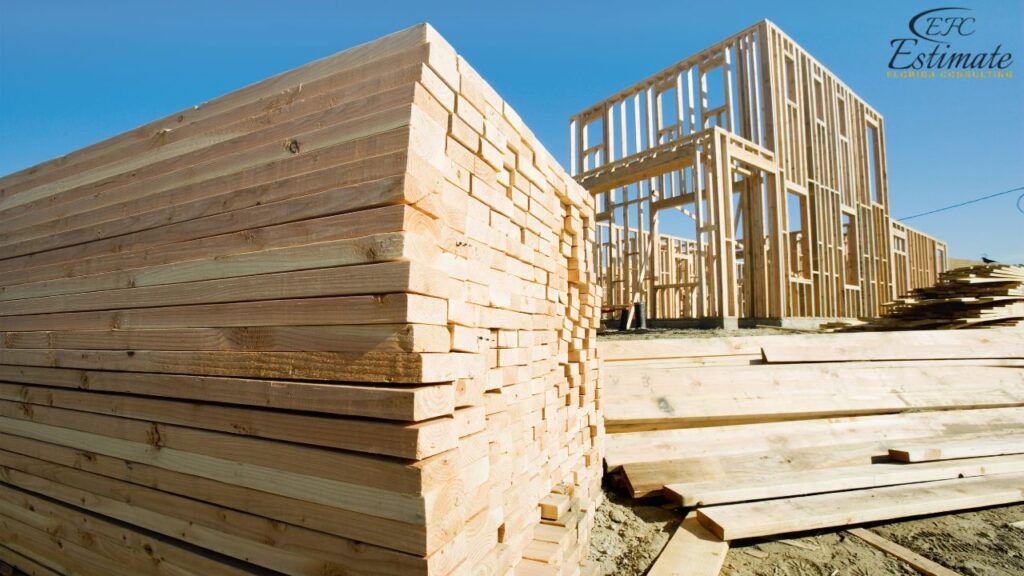
This can be a critical factor in keeping construction or renovation projects on schedule.
Considerations for Imported Lumber
On the flip side, imported lumber can offer access to unique wood types and potentially lower costs due to global market dynamics. However, there are several considerations. Import tariffs and duties can substantially increase the overall cost, making the imported lumber less cost-effective than initially perceived. These additional costs need to be factored into the project’s budget. Furthermore, the lead times for imported lumber can be significantly longer. The process of international shipping, including transit and customs clearance, can introduce delays, potentially impacting project schedules in Hialeah. Environmental considerations also come into play, as the carbon footprint of transporting lumber over long distances can be substantial. Lastly, the sustainability and harvesting practices in the source country should be considered, as these can vary greatly and impact the environmental impact of the lumber used.
We Provide Manual Estimate!
We provide accurate pricing for the ZIP code of your project.
Turnaround time is 1-2 days.
Win More Projects With Us
Wood Trim Prices per Inch
for a Lumber Cost Estimator, it’s essential to understand the versatility of wood trim, which comes in various widths serving different purposes. While narrower widths may be utilized for decorative purposes or to complement wainscotting, wider trim is often necessary to cover gaps between doors or windows and walls or siding. The prices provided below are based on basic pine wood, with variations expected for decorative pieces or trim crafted from different wood species. By recognizing the diverse functions and characteristics of different trim widths, homeowners and professionals can make informed decisions regarding their lumber-related projects.
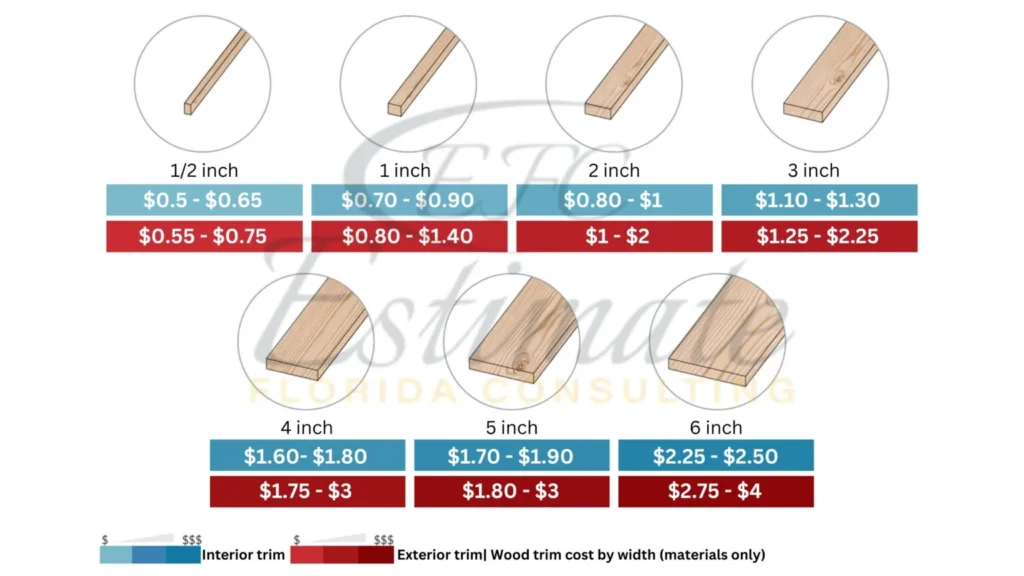
| Inches | Interior Trim Cost per Linear Foot (Materials Only) | Exterior Trim Cost per Linear Foot (Materials Only) |
|---|---|---|
| ½ Inch | $0.50 – $0.65 | $0.55 – $0.75 |
| 1 Inch | $0.70 – $0.90 | $0.80 – $1.40 |
| 2 Inches | $0.80 – $1.00 | $1.00 – $2.00 |
| 3 Inches | $1.10 – $1.30 | $1.25 – $2.25 |
| 4 Inches | $1.60 – $1.80 | $1.75 – $3.00 |
| 5 Inches | $1.70 – $1.90 | $1.80 – $3.00 |
| 6 Inches | $2.25 – $2.50 | $2.75 – $4.00 |
Need Template For Your Lumber Business
We provide services for Brochure, Banner, Business Card, Envelope, Invoice, etc.

Eco-Friendly Lumber Options
Embracing eco-friendly lumber options can significantly contribute to sustainability and environmental conservation.
Sustainable Wood Choices
Choosing lumber from forests managed sustainably and certified by organizations like the Forest Stewardship Council (FSC) is an environmentally responsible option. Although these sustainable choices might be more expensive upfront compared to traditional lumber, the long-term environmental benefits are substantial. By opting for FSC-certified lumber, you’re supporting forest health, biodiversity preservation, and the rights of indigenous communities. Additionally, sustainably managed forests are vital in combating climate change through carbon sequestration and promoting soil and water conservation.
Reclaimed Wood
Incorporating reclaimed or recycled wood in construction projects offers both environmental benefits and unique aesthetic appeal. This type of wood, sourced from old structures like barns or warehouses, provides an eco-friendly alternative by repurposing existing materials, thus reducing landfill waste and decreasing the demand for new timber. The cost of reclaimed lumber varies, influenced by factors such as rarity, condition, and historical value. While some reclaimed wood can be pricier due to its unique features or historical importance, there are also more budget-friendly options available. Reclaimed wood not only aids in environmental conservation but also enhances the aesthetic quality of a space, adding warmth, character, and a rich sense of history to both interiors and exteriors.
Are You Looking For?
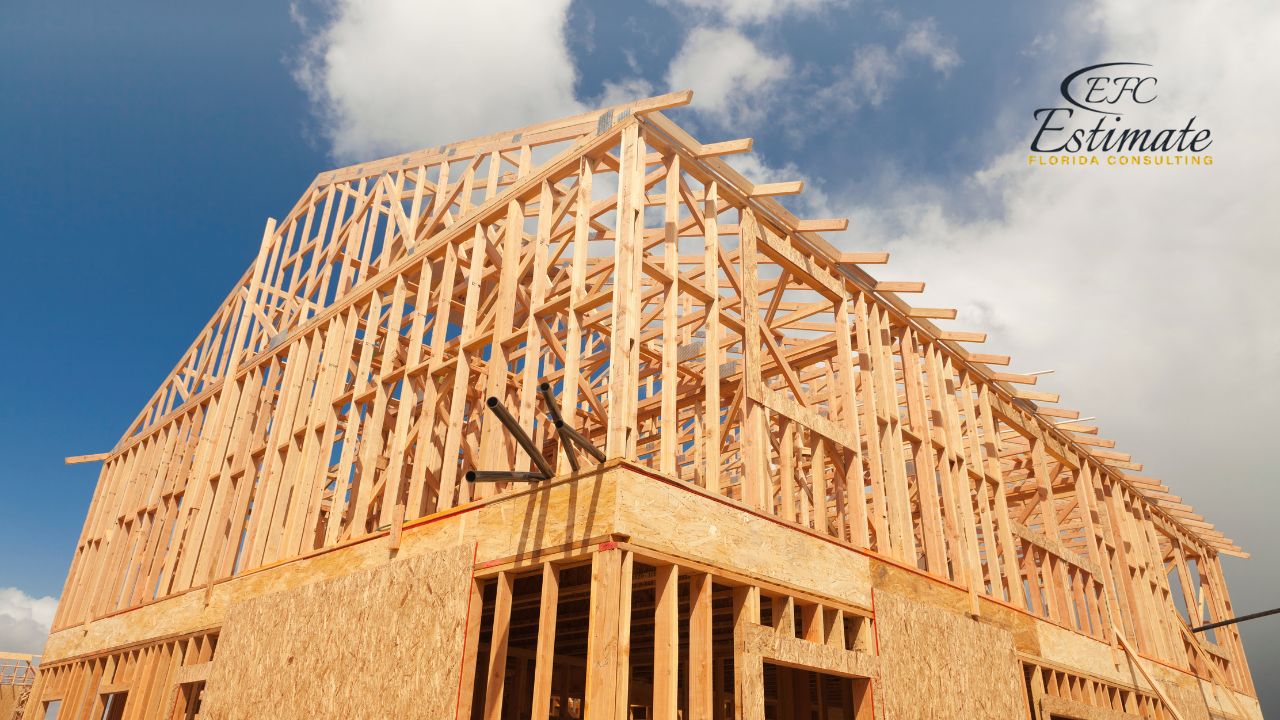
Fully Insured License Hire Subcontractor For Lumber Work
Hire ContractorCall Us To Discuss More at 561-530-2845
Conclusion
Estimate Florida Consulting’s comprehensive analysis in Hialeah, FL, offers a deep dive into the intricacies of lumber cost estimation, encompassing a range from $140,000 to $210,000. This blog meticulously breaks down the various components affecting lumber costs, such as material types, quality, market fluctuations, and dimensions. It highlights the differences between softwoods, hardwoods, and exotic woods, emphasizing their unique applications and cost implications. Moreover, the comparison between local and imported lumber sheds light on economic and environmental considerations. The emphasis on eco-friendly options, like sustainable and reclaimed wood, underscores a commitment to environmental responsibility. Overall, this insightful guide equips individuals in Hialeah with the knowledge to make informed decisions for their lumber-based projects, balancing budget, aesthetics, and sustainability.
We Provide Services for Other Trades in Hialeah
FAQs
Lumber costs in Hialeah are influenced by a variety of factors including market dynamics, project complexities, volume requirements, supply chain dynamics, and the type, grade, species, and moisture content of the lumber. Transportation and delivery charges also play a significant role in the overall cost.
The average cost of lumber in Hialeah ranges from $400 to $1,200 per thousand board feet. However, this price can vary significantly based on the lumber type, grade, species, moisture content, dimensions, and additional handling or transportation costs.
The lumber market is sensitive to global economic trends, trade policies, and environmental factors. These dynamics can cause fluctuations in supply and demand, leading to price volatility. Staying informed about market conditions is essential for budgeting and planning.
Yes, the scale and scope of the project directly affect lumber costs. Larger projects can benefit from economies of scale with bulk purchasing options, while smaller projects may face higher per-unit costs due to limited purchasing power and higher transactional expenses.
The cost per thousand board feet varies by lumber type and grade. For example, softwood lumber ranges from $400 to $900, while hardwood ranges from $800 to $1,200, depending on the quality and specific uses of the lumber.
Supply chain efficiency and resilience can affect lumber costs and availability. Transportation costs, logistics challenges, inventory management, and regional disparities in lumber production and distribution can all contribute to price differences.
Process To Get Lumber Cost Estimate Report
Here I am going to share some steps to get your lumber cost estimate report.
-
You need to send your plan to us.
You can send us your plan on info@estimatorflorida.com
-
You receive a quote for your project.
Before starting your project, we send you a quote for your service. That quote will have detailed information about your project. Here you will get information about the size, difficulty, complexity and bid date when determining pricing.
-
Get Estimate Report
Our team will takeoff and estimate your project. When we deliver you’ll receive a PDF and an Excel file of your estimate. We can also offer construction lead generation services for the jobs you’d like to pursue further.
Google Reviews

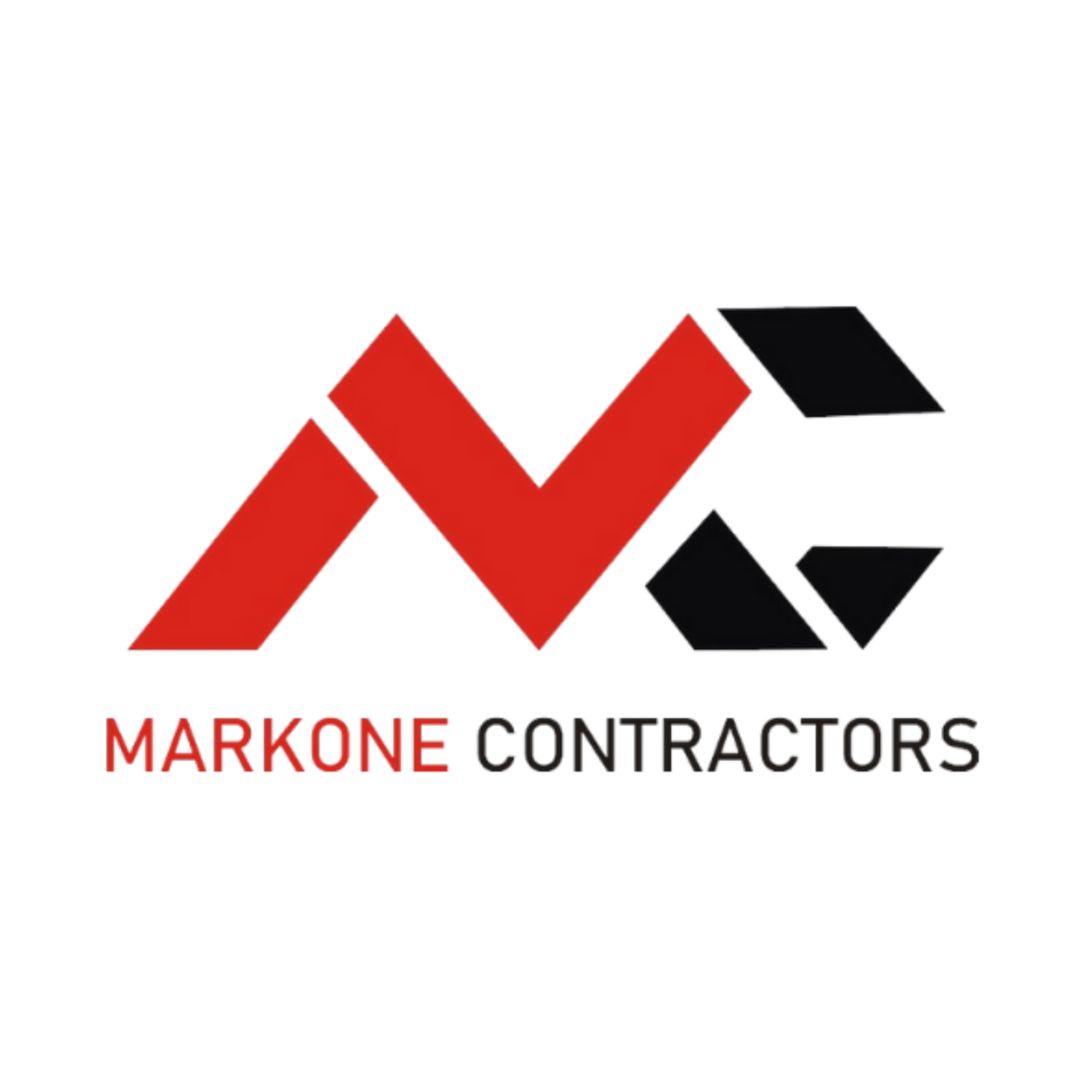

Reach Out To Us
Places to visit if you new in Hialeah
This landmark spot is not just a casino. It is a 200-acre area that features a casino with poker, slot machines, simulcasts of horse racing, and live entertainment. The grounds are also an Audubon Bird Sanctuary, where you can find pink flamingos.
This sprawling park is a great place to enjoy the outdoors. It has multiple lakes for wakeboarding and paddleboarding, soccer fields, sand volleyball courts, mountain biking trails, a playground, and a petting zoo.
Head to Maximo Gomez Park, a.k.a. Domino Park, and witness the lively energy of locals playing dominoes, a cultural pastime in Hialeah’s Cuban community. Grab a cafecito from a nearby ventanita (small window counter) and soak in the atmosphere.
This estate was built in the early 1900s by James Deering, a wealthy industrialist. The estate has beautiful gardens, a mansion, and a variety of art collections.

